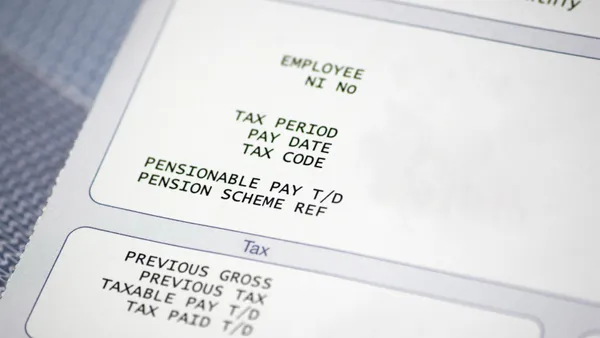Tracking technologies aimed at boosting productivity may, conversely, damage it, according to a survey of 1,000 employees and 1,000 managers by 15Five, a performance management vendor.
The company found that more than one-third of managers surveyed said that monitoring had no impact on productivity, while one-quarter said that monitoring led employees to seek new jobs and 20% said that monitoring led employees to act out or sabotage their organizations.
15Five’s survey measured employee and managerial responses to several types of productivity tracking technologies, including webcam surveillance, browser activity monitoring, mouse and keystroke tracking as well as monitoring of employees through applications like Microsoft Teams, Google Workspace, Zoom and Slack, according to Adam Weber, the company’s senior VP of community.
Employee surveillance has grown from a niche HR consideration to a large-scale trend in recent years. Stories of companies monitoring workers existed pre-pandemic, but broader adoption of remote work amid COVID-19’s spread “intensified” employers’ use of surveillance tactics, according to a 2021 report by the University of St. Andrews and the European Commission’s Joint Research Council. A 2021 Digital.com survey found that 60% of companies with remote workers were using software to monitor productivity and activity.
15Five’s findings on monitoring point to a broader theme of disconnection between managers and employees, Weber said, adding that the movement to surveillance technologies “is just a new version of the same story of companies trying to find a shortcut to productivity” that has played out for decades.
Still, 68% of managers in 15Five’s survey said they thought productivity tracking software improved performance, even as 72% of employees said that such software either diminished or had no impact on performance. Weber said that managers may be driven to employee monitoring by a combination of distrust, fear and a lack of visibility into how their employees work.
“There’s a shortcut, which is, ‘Let’s try to monitor this and force this to success,’” he continued, adding if employers attempt to take actions like monitoring browser history to encourage workers’ productivity, “they’re just going to use that same browser to look for a job somewhere else.”
In addition to questions about effectiveness, there also may be concerns about the future legality of employee monitoring technologies. Software monitoring is generally legal in the U.S., according to sources who spoke to HR Dive, but federal regulators have warned about potential probes into workplace surveillance.
Two notable 2022 examples along those lines include the White House’s “Blueprint for an AI Bill of Rights” — which established a set of protections for workers that would apply to applications such as surveillance tech — and a memo from National Labor Relations Board General Counsel Jennifer Abruzzo calling for the agency to address workplace technologies that may interfere with workers’ rights.
15Five is not the first organization to issue warnings about the impact of employee surveillance. In a blog post last September, Jared Spataro, Microsoft’s corporate VP for modern work, wrote that organizations may default to digital monitoring out of fear that workers are not being productive at work, rather than listening and acting upon feedback.
“It can be stressful to trust that your people are working when you can’t see them,” Spataro said. “And all employees need metrics to gauge their on-the-job performance. But rather than relying on productivity theater, leaders must focus on impact, or what employees do that matters.”
Instead of relying on productivity monitoring to drive performance, Weber said organizations can focus on improving managerial training to encompass topics such as creating psychologically safe workplaces, setting goals and conducting fair and effective performance reviews. HR departments can take a leading role in doing this work, he added, and they can collaborate with managers to ensure both sides of the equation are clear on expectations.
“This growing distrust is rooted in managers and companies not having clarity on the outcomes they want from their employees, which is also a core management function,” Weber said. “HR needs to play a critical role in ensuring that the strategy and goals at the company level are clear.”















